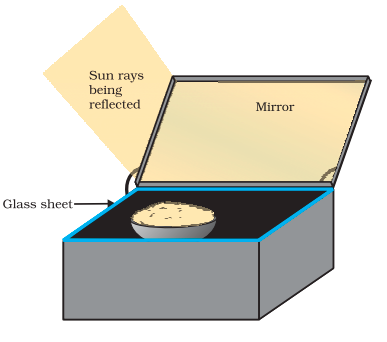
PUMPA - SMART LEARNING
எங்கள் ஆசிரியர்களுடன் 1-ஆன்-1 ஆலோசனை நேரத்தைப் பெறுங்கள். டாப்பர் ஆவதற்கு நாங்கள் பயிற்சி அளிப்போம்
Book Free DemoFor nearly 5 billion years, the Sun has been radiating an enormous amount of energy at its current rate, and it will continue to do so for another 5 billion years. Only a small portion of solar energy reaches the earth's atmosphere's outer layer. The majority of it is absorbed as it passes through the atmosphere, with the remainder reaching the earth's surface.
India is fortunate that it receives solar energy for the majority of the year. India is estimated to receive the energy equivalent of more than 5,000 trillion kWh per year. The daily average varies between 4 and 7 kWh/m2 under clear (cloudless) sky conditions. The solar constant is the amount of solar energy reaching a unit area at the outer edge of the earth's atmosphere when exposed perpendicularly to the Sun's rays at the average distance between the Sun and the earth. It is estimated to be 1.4 kJ per square metre, or 1.4 kW/m2.

A solar cooker
Under identical conditions, a black surface absorbs more heat than a white or reflecting surface. This property is used in the operation of solar cookers and solar water heaters. Some solar cookers use mirrors to focus the Sun's rays, resulting in a higher temperature. A glass plate is used to cover solar cookers. Consider what we've learned so far about the greenhouse effect.